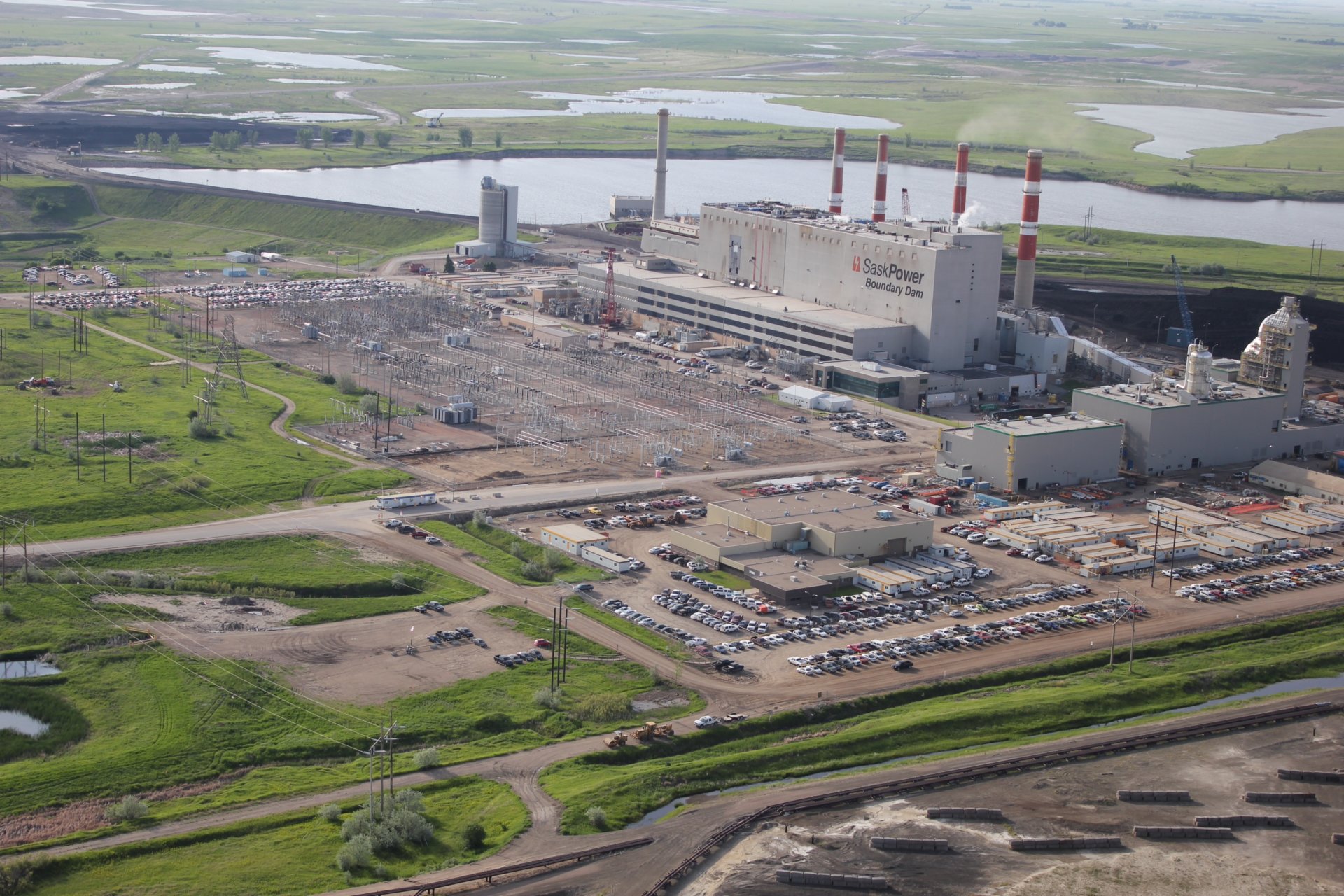The term ‘unabated’ has been used in regulatory approaches to pollution control for decades. It now increasingly applies to the challenge of reducing CO2 emissions from power plants and is emerging in international climate negotiations around phasing out coal and other fossil fuels. Despite this increased prominence, references to ‘unabated coal’ can sometimes be more confusing than illuminating. This explainer clarifies the term.
Defining ‘abatement’ and ‘unabated’
The OECD defines the concept of pollution abatement as:
“Pollution abatement refers to technology applied or measure taken to reduce pollution and/or its impacts on the environment.”
So ‘unabated’ refers to the underlying industrial process before (or in the absence of) the application of pollution control measures.
Abatement is goal-oriented (reducing harmful pollution to defined levels) and requires the application of an additional technology or process different to the source of the pollution. This means, for example, that emissions offsets or the use of carbon credits would not qualify as ‘abatement’.
Defining ‘unabated coal power’
In the case of coal power generation, the International Energy Agency (IEA) broadly defines abatement to mean the application and use of Carbon Capture (Utilisation) and Storage (CCS) technology to reduce CO2 emissions.
The IEA Net Zero report explicitly states that: “Use of fossil fuels in facilities without CCUS is classified as “unabated”. ‘Unabated coal’ thus means any coal power plant without operational CC(U)S technology equipment.
The IPCC has set out the minimum threshold for a definition of ‘unabated fossil fuels’ which stated that “unabated fossil fuels refers to fossil fuels produced and used without interventions that substantially reduce the amount of GHG emitted throughout the life cycle; for example, capturing 90% or more CO2 from power plants, or 50–80% of fugitive methane emissions from energy supply”.
Further academic research is emerging, with a 2023 paper building on the IPCC to set out that 1.5°C-aligned abatement requires the application of CCS to capture more than 90-95% of lifecycle CO2 emissions from fossil fuels, permanent storage of all captured emissions, and reducing upstream methane leakage to near zero.
These definitions together show that ‘abatement’ for coal power plants requires the application of CCS to capture at least 90% of CO2 emissions across the lifecycle of a coal plant.
It further follows that mixing coal with other fuels – such as co-firing with ammonia – does not meet standards for abatement, as there is no plausible pathway for these technologies to deliver a 90% or more reduction in emissions across the lifecycle of a coal power plant.
Despite claims from the coal power industry, retrofitting coal power plants with technologies that increase their efficiency – such as in supercritical or ultra-supercritical coal plants – also does not qualify those plants as abated. “High-efficiency” coal plants only emit marginally lower emissions of 15-30% less CO2 per kWh than subcritical plants.
Overall, definitions of CO2 abatement consistently recognise the purpose of abatement is to reduce emissions to defined levels. Additional technology investments are necessary to achieve this and in the absence of such measures, coal power generation should end. This regulatory approach puts the onus on power plant owners and operators to either fit CCS technology within a given timeline or otherwise retire the coal power plant.
Following the logic: Abatement = CCS
The IEA’s 2021 Net Zero Energy report analysed milestones for emissions reduction and sectoral transformation to enable net-zero emissions by 2050. It identified the need for:
- No new unabated coal plants approved for development in 2021
- Phase‐out of unabated coal in advanced economies by 2030
- Phase‐out of all unabated coal and oil power plants globally by 2040
The concept of ‘unabated coal’ has since been prominently featured in international climate negotiations. It was first used in this context as G7 Leaders agreed to end direct government support for unabated coal power internationally.
Later that year, the COP26 Glasgow Climate Pact notably included a commitment from all countries to “accelerating efforts towards the phasedown of unabated coal power”, then reiterated at COP27 and COP28.
In 2023, the G7 for the first time explicitly called “to end construction of new unabated coal-fired power generation projects as soon as possible to accelerate the clean energy transition in a just manner.” In 2024, the G7 built on this with a commitment to “phase out existing unabated coal power generation (…) during the first half of the 2030s.”
International calls to end the use of unabated coal can be translated into practical regulatory standards. Canada and the UK were early movers in applying the concept of CO2 abatement in their regulatory frameworks. Firstly, they put an end to the construction of new unabated coal plants by requiring CCS integration, and by setting carbon intensity standards at levels that meant new coal power plants could only be built if abated through integrated CCS technology.
Given the high costs and complexity of CCS deployment, this ultimately led to no new coal power plants being built. Subsequently, they extended this framework to apply to existing coal power plants as a means of setting a coal phase-out date.
This approach utilises Emissions Performance Standards as a regulatory tool, which has also been applied by the OECD (concerning export credits for power generation) and by the European Investment Bank (as a means of limiting financing of both unabated coal and gas power generation).
Similarly, to reduce emissions from the power sector, the US Environmental Protection Agency in 2023 recently proposed rules that require any coal plants still operational beyond the 2030s to cut or capture with CCS 90% of their CO2 emissions by 2032.
For more information on the topic of abatement, please reach out to Katrine Petersen.
This explainer was originally published in June 2021 and has been updated in July 2024.


